The sugar industry continues to face several issues. One key concern, further highlighted in the current sugar season, is the accurate estimation of sugarcane crop.
In an exclusive interview with ChiniMandi, Executive Director & CEO (Sugar Business), DCM Shriram Limited and President, Uttar Pradesh Sugar Mills Association (UPSMA), Roshan Lal Tamak enumerates the challenges dogging the sugar industry. He has listed the measures that could be considered to achieve accuracy in estimating sugar production in the country.
Q1. What are the key challenges that the sugar industry is facing today?
Ans: In my view, the first one is sustainability in sugarcane production and huge variation on account of weather-related issues which results in challenges in proper planning for stakeholders in such a situation. This further gets complicated due to the absence of any proven technology for assessment of sugarcane production.
The second challenge is the predictable economic viability of the sector as there is no linkage/parity between the sugarcane price and the sugar price. Our sugarcane price is on the higher side whereas the sugar price is subdued.
Lastly, the scarcity of labour for farm activities has resulted in an inevitable need for mechanisation. However, in India, the majority of the farmers are smallholder farmers, and hence delivering productivity gains through mechanised harvesting is a challenge.
Q2. We are unable to predict sugar production accurately. What measures should be considered to ensure there is an accurate estimation of sugar production?
Ans: In view of the complexities involved, this whole issue needs to be understood in detail. There are broadly 7 major factors leading to sugar production-
· Sugarcane area
· Variety wise area
· Sugarcane yield
· Sucrose content
· Diversion to Khandsari/jaggery
· Consumption on account of seed and miscellaneous purposes.
· Diversion to ethanol
Of these factors, one can fairly estimate the sugarcane area as physical surveys are being done by factories and in some States Cooperative Cane Union staff jointly are conducting the surveys. Now in many States like Uttar Pradesh, Geo-fencing of the plots is being done, so a fair level of accuracy can be achieved through this technology.
The consumption on account of seed & miscellaneous purposes is almost standard as the same can be calculated based on the plant crop area on a yearly basis. Diversion to ethanol is in any case well accounted for. However, there is a need to bring khandsari units under the ambit of the control to get the correct numbers of input and output.
The main factors are sucrose content and sugarcane productivity which can be tackled by using both conventional methods on short-term basis and new-age technologies on a long-term basis.
CONVENTIONAL METHOD :
Our country has been classified into 15 agro-climatic zones which are further divided into 72 more homogeneous sub-zones by taking into account specific local variations in climate, soil, and topography to guide agricultural practices.
Based on major sugarcane growing regions, there are 5 agro-climatic zones. As a first step, sugarcane-growing geographies can be mapped based on these 72 sub-zones. In view of huge variations in weather parameters, particularly in the Peninsular zone specifically in areas of TN and southern Karnataka, Gujarat and northern Maharashtra, Northern Karnataka and southern Maharashtra, the relevance of subzones is important.
The locations should be shortlisted in these sub-zones including factory farms, research farms, etc of appropriate size, crop type, and variety to record growth observations like millable canes, height, girth, etc. to ascertain the yield of the crop.
Further, we need to analyse the sugarcane juice for various parameters viz brix, purity, fibre, etc. to get an idea about sugarcane quality with respect to estimation of sugar recovery or estimation of the sugar recovery as per the standard operating procedures.
Both the growth characteristics and juice analysis results have to be recorded on definitive frequency during the crop life cycle. Cross-referencing/comparison of these data points with the historical data of production in different identified locations and tabulating the data on a year-to-year basis can be a scientific basis for production estimation.
A proper system needs to be put into place to make this system operationally effective and ideally, it should be centrally coordinated to ensure standardisation.
NEW AGE TECHNOLOGIES (AI/ML):
Using geo-location mapping to accurately capture the area that each farmer is growing, improving the accuracy of farm boundaries using AI & image processing. Further, remote sensing/satellite imagery can be used to continuously measure plant growth. There are case studies where ~90% accuracy was achieved in the determination of farm boundaries, crop yield, and sucrose content. It is needless to mention these technologies need to be adopted and refined further to achieve precision.
Q3. There is a lot of research going into varietal development. The Co 0238 cane variety which improved sugar production in UP is facing issues related to disease issues. Can you give us an insight into the cane varieties being developed to improve cane production?
Ans: Some good varieties have been developed by sugarcane breeding institutes that are good in terms of sucrose content like CoLk 14201, Co 15023, Co 0118, CoS 13235 for sub-tropical regions. For tropical regions, new varieties like Co 11015, Co 14012, are showing promise, besides the existing varieties of Co 86032 and Co 92005. Government departments and sugar factories are working for the propagation of these varieties.
Q4. How does embedding sustainability into your business strategy benefit your company in the long term?
Ans: At DCM Shriram Ltd, we endeavour to integrate sustainability in all aspects of our business operations, including the sugarcane value chain and factory operations. Our key focus areas encompass soil health improvement, water conservation, mechanisation and enhancing resource use efficiency in factories. For instance, our relentless pursuit of water use efficiency has yielded remarkable results, saving 756 billion litres of water over the span of five years in the catchment areas of our factories. This achievement validated by the Indian Institute of Sugarcane Research Lucknow (IISR), not only alleviates pressure on groundwater reservoirs but also lays the groundwork for a more sustainable future for sugarcane farmers, enhancing their agricultural prospects.
By implementing sustainability initiatives, we foster a culture of sustainable practices within our organisation, positioning us as a preferred supplier among our customers.
Q5. The government is encouraging the sugar industry to invest in green energy like- CBG, Green Hydrogen, etc. Is DCM Shriram looking at exploring this vertical soon? Can you share your company’s plans?
Ans: We have already declared our interest in the CBG space and will commission the 1st plant by Oct 2024. We have plans to grow further in this space. Besides this, we are also exploring other growth opportunities.

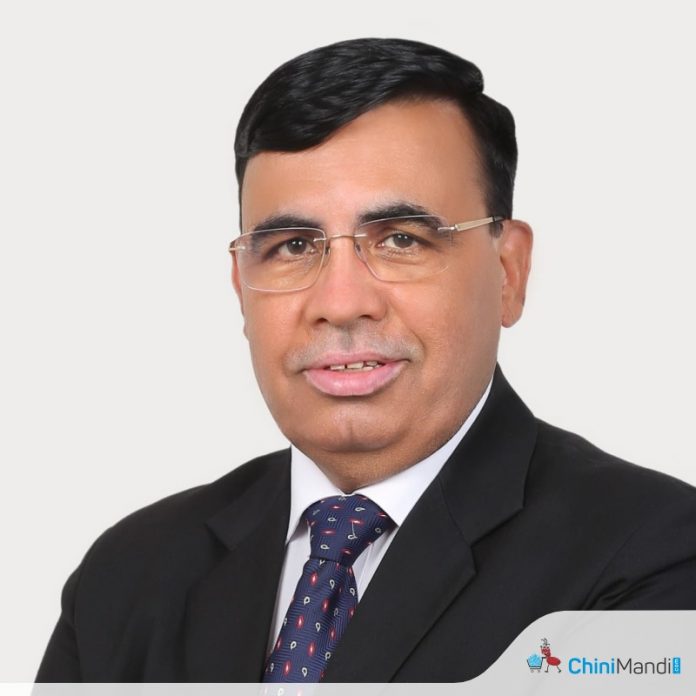

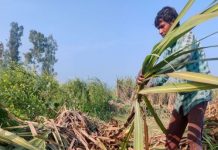
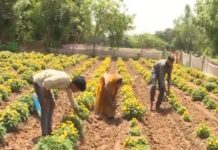

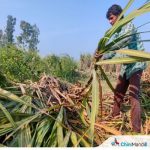
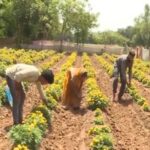





Dr. Tamak has pointed out and highlighted very important challenges and possible remedies in sugar cane,sugar and energy sectors related to sugar industry. Excellent work by DCM in association with IISR ,Lucknow and SBI , Coimbatore ICAR bodies. Nice coverage by chinimandi. Best Wishes.